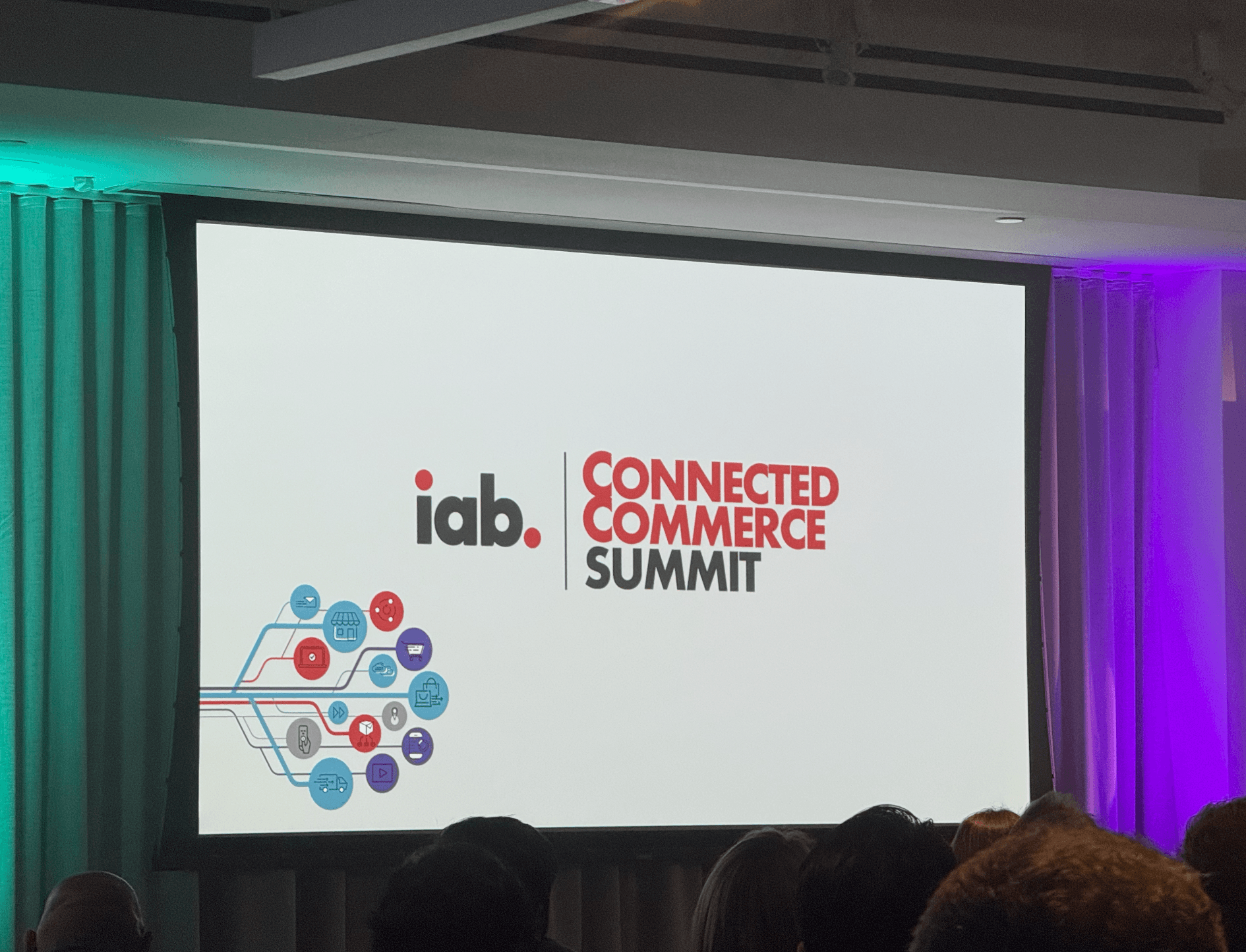As part of our six-part video interview series with Beet.TV, Putting the Store at the Core of the Commerce Media Ecosystem, SMG is spotlighting the leaders driving innovation. In this edition, we hear from Collin Colburn, Vice President of Commerce & Retail Media at the IAB, who is leading efforts to standardize measurement and make retail media more accessible, accountable, and effective across the industry.
From the role of first-party data to the challenge of incrementality, Collburn shares why alignment and clarity are critical for unlocking the full potential of in-store and omnichannel retail media.
Why Standardization Matters
For Colburn, the foundation of progress in retail media comes down to speaking the same language.
“We’ve done a lot of work on standardizing measurement in the store and online in digital formats,” he says. “What that really means is making sure that the industry is speaking the same language … and making these standards translatable and consumable to the average person in the retail world.”
This includes everything from impressions and viewability in-store to how formats are defined across environments, ensuring consistency and clarity across stakeholders.
Making Standards Accessible Beyond Digital Experts
Retail media brings together a wide ecosystem of players: merchants, shopper marketing teams, trade and sales leads, digital specialists, and more. Not all are digital professionals by background.
That’s why Colburn emphasizes the need for simplicity. “We have to make these standards … bite-sizable, if you will, to those masses of folks in the retailer–brand relationship,” he explains.
First-Party Data in a Post-Cookie World
With third-party cookies on the way out, Colburn sees retail media’s strength in its privacy-safe, opted-in first-party data.
“Retailers have loyalty IDs and information about the customer that transcends both digital and physical,” he notes. Clean rooms and collaborative environments further enhance how brands can track performance while protecting consumer privacy.
Balancing Measurement with the In-Store Experience
Connecting digital campaigns to real-world store results isn’t simple, but it is essential.
“The store is an experience in and of itself,” Colburn says. That means brands and retailers need to balance monetization with customer experience. Perfection isn’t the immediate goal: “Somewhere in the middle is actually just where we need to get to in the next year or two.”



